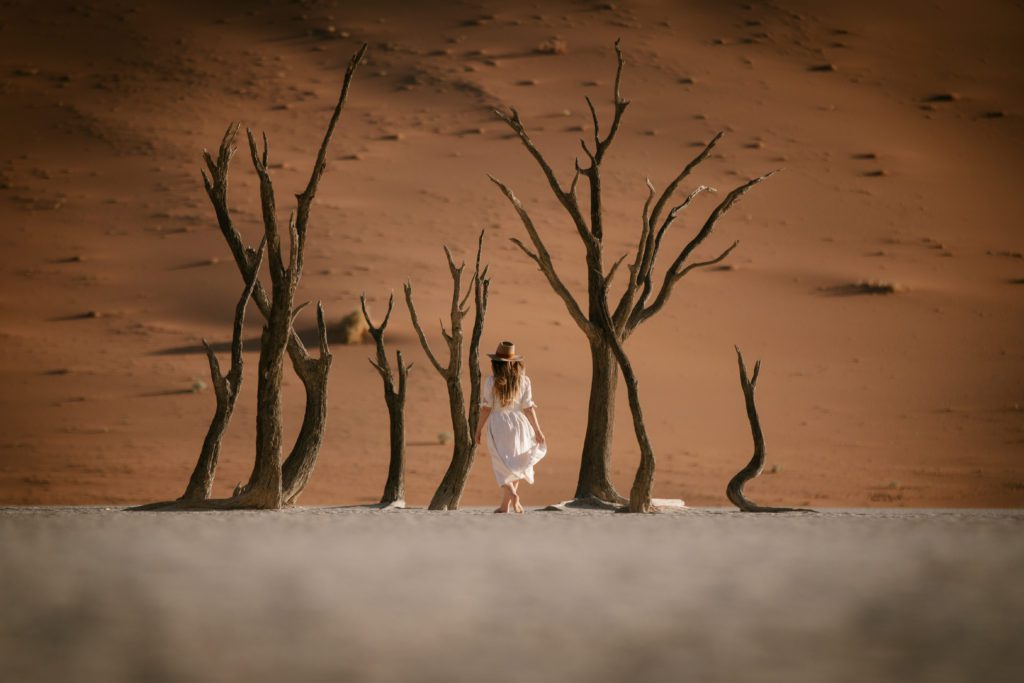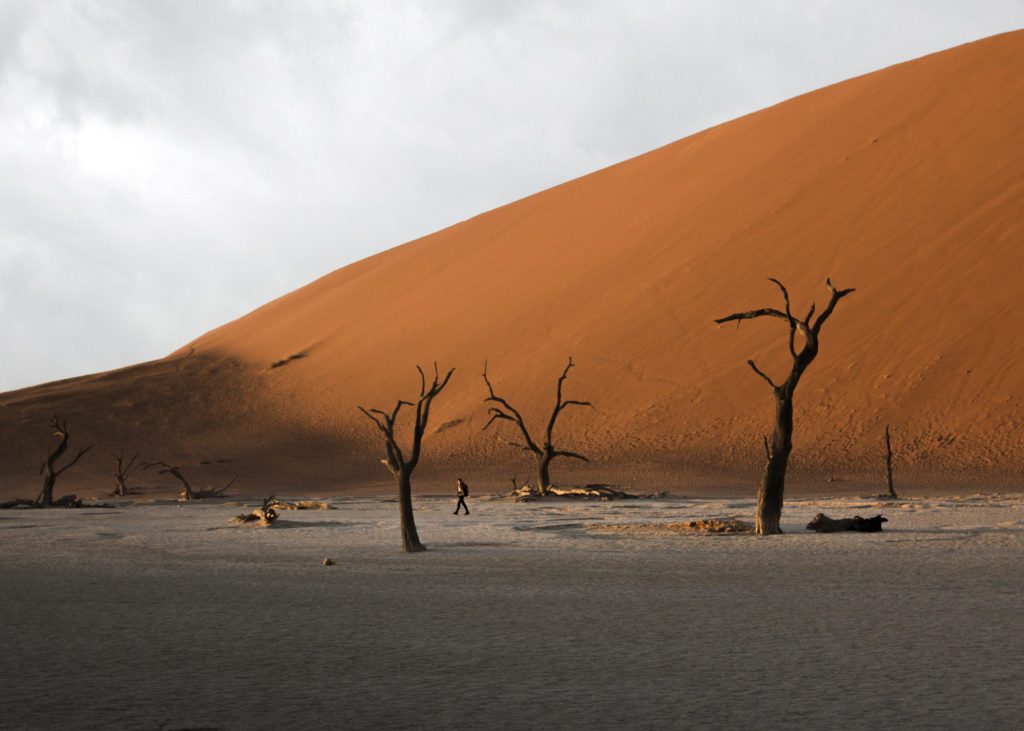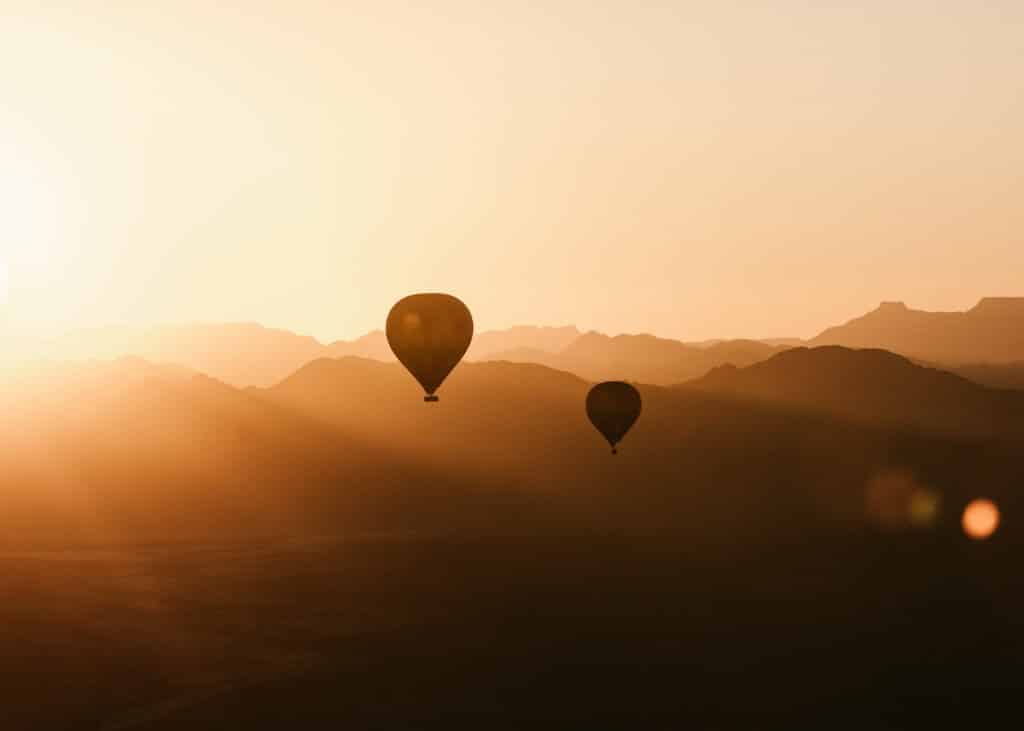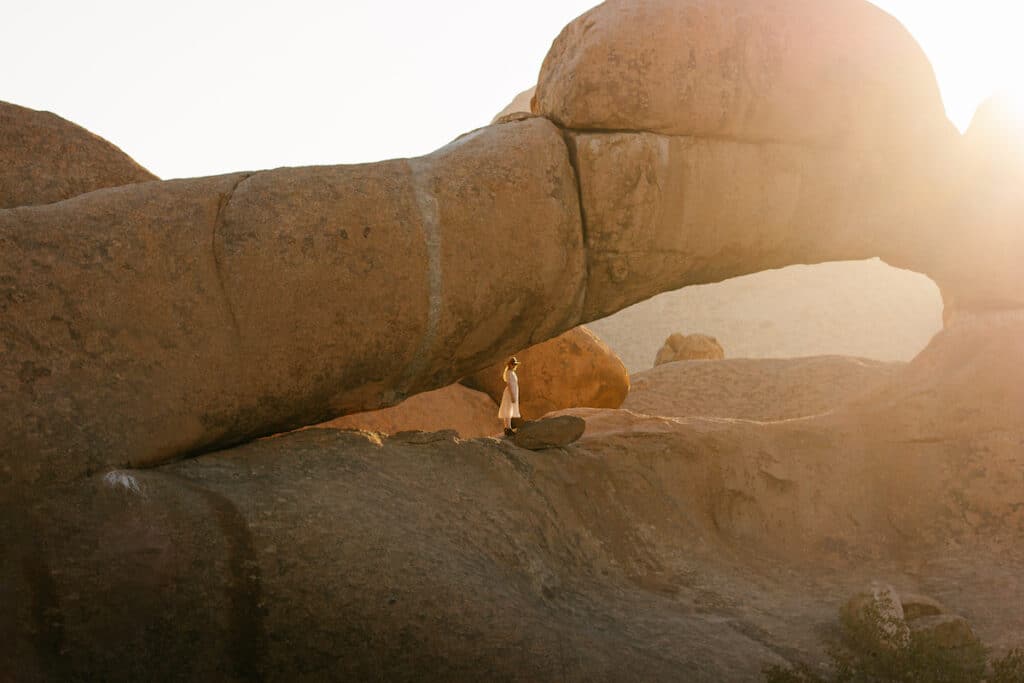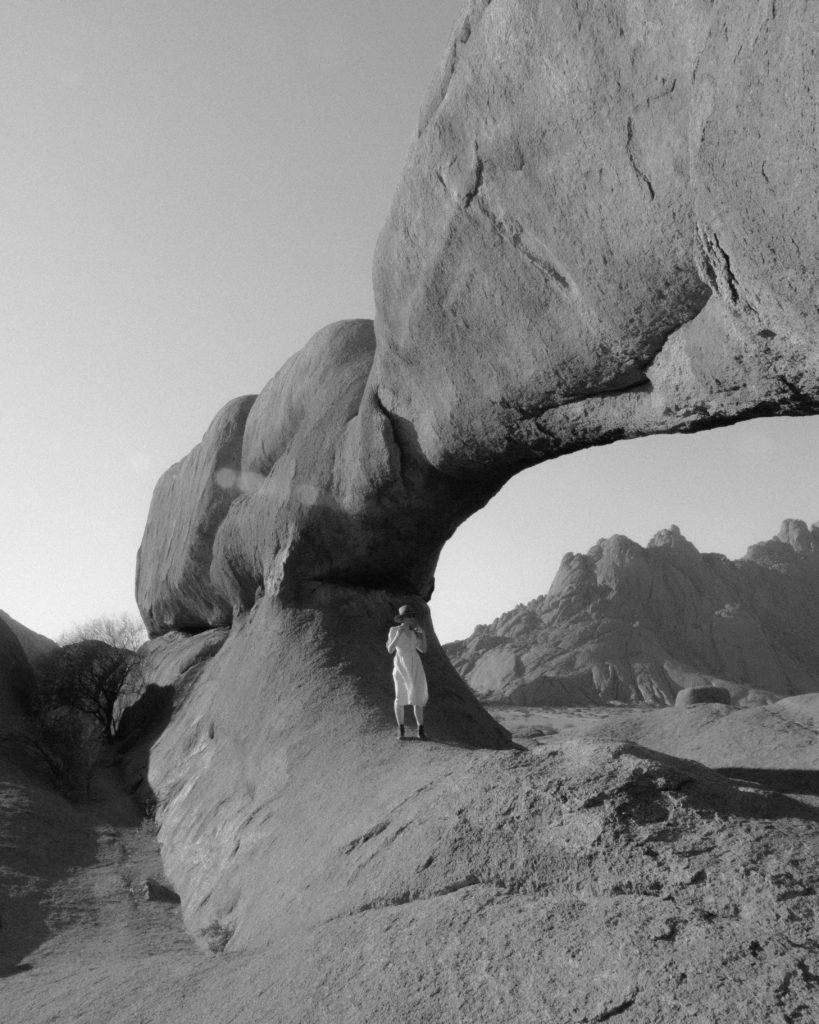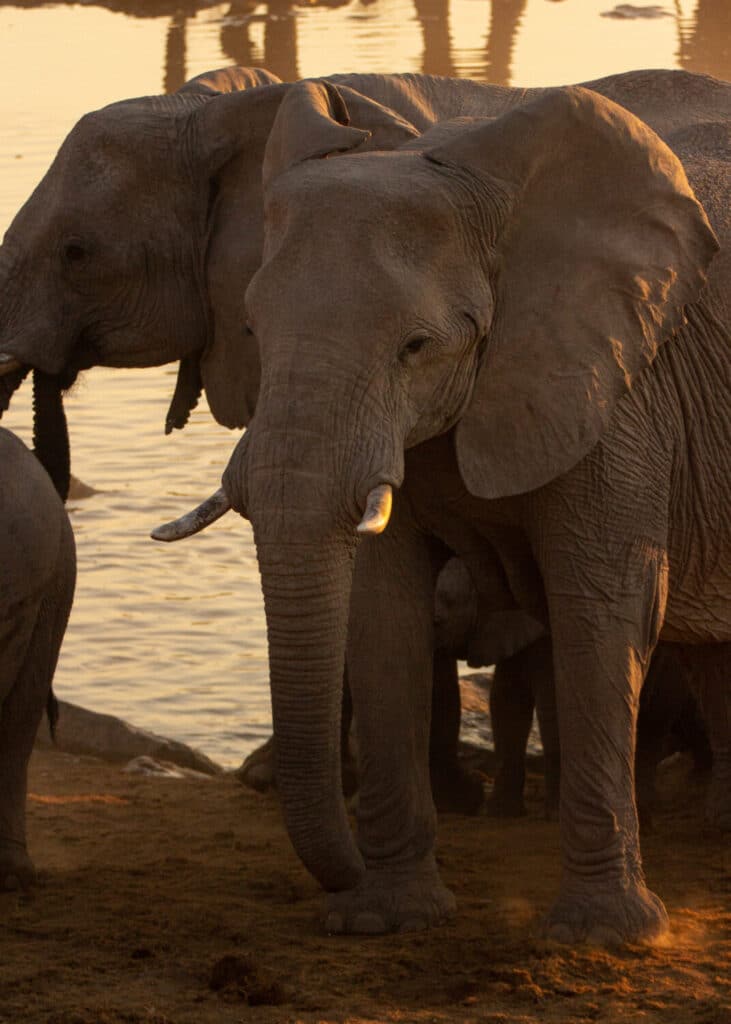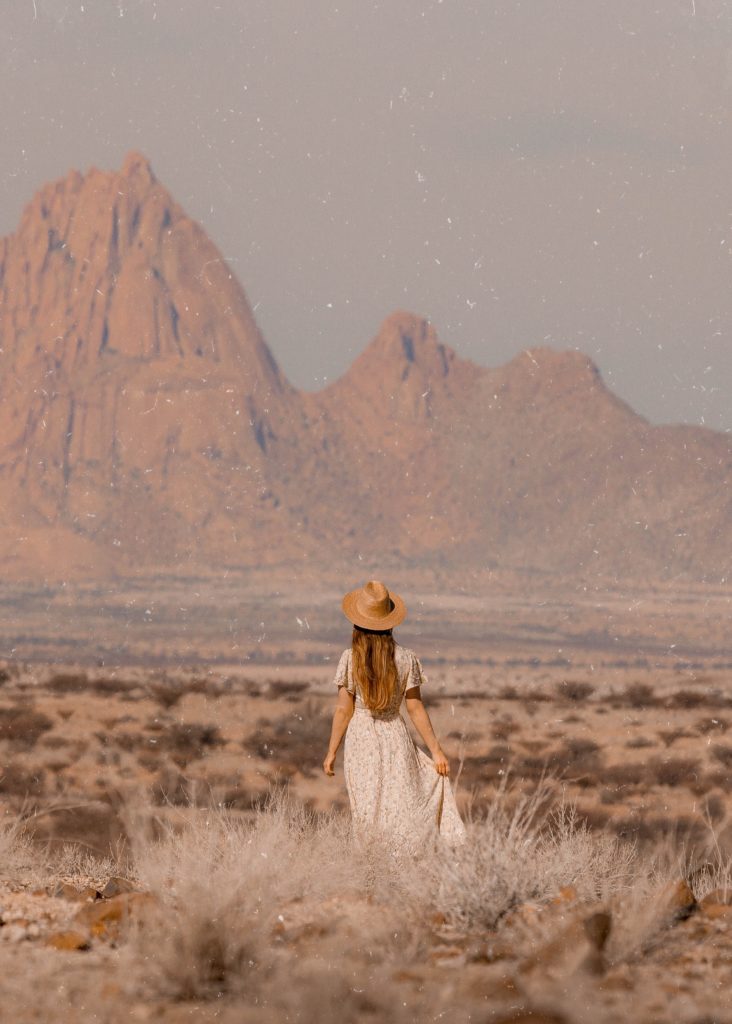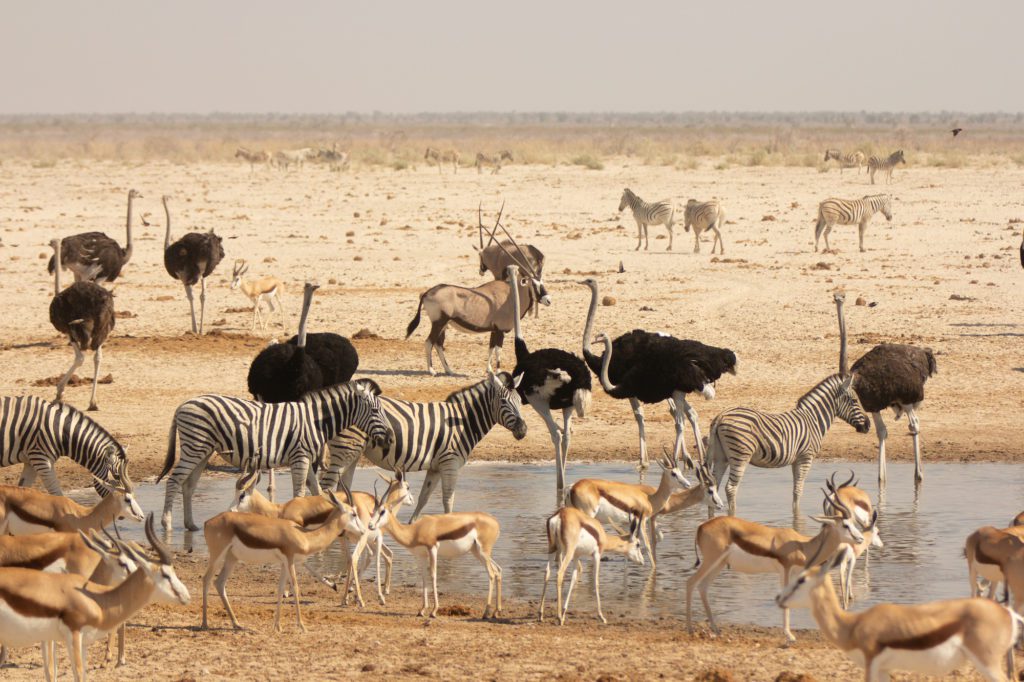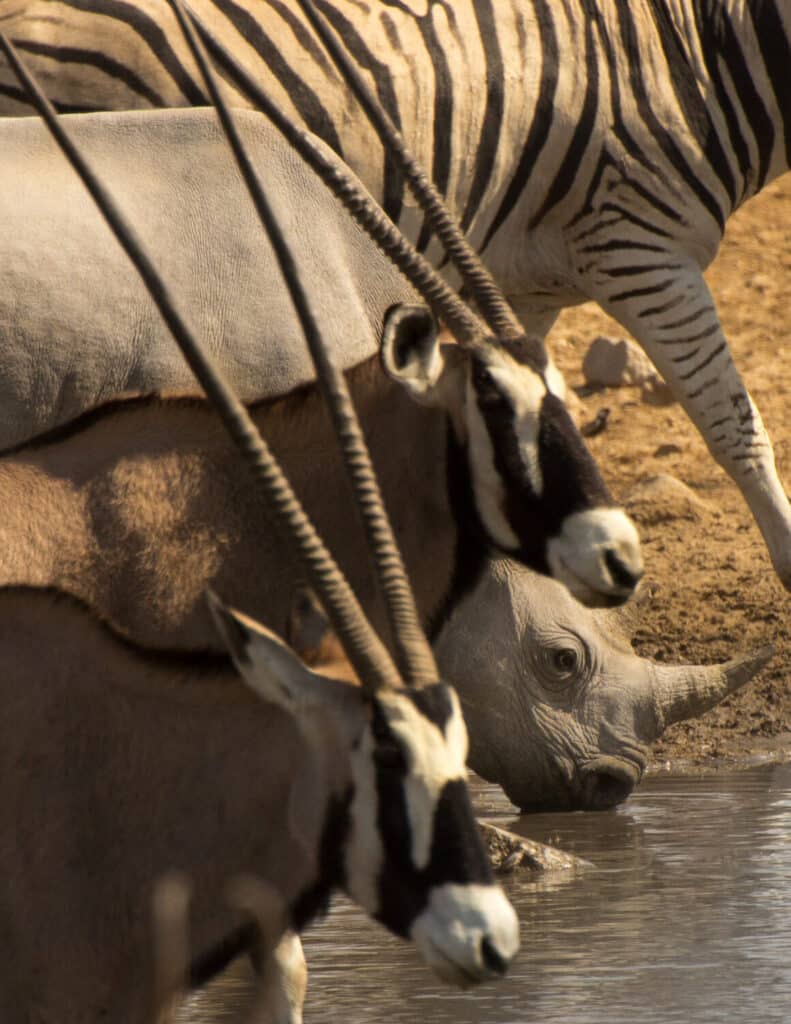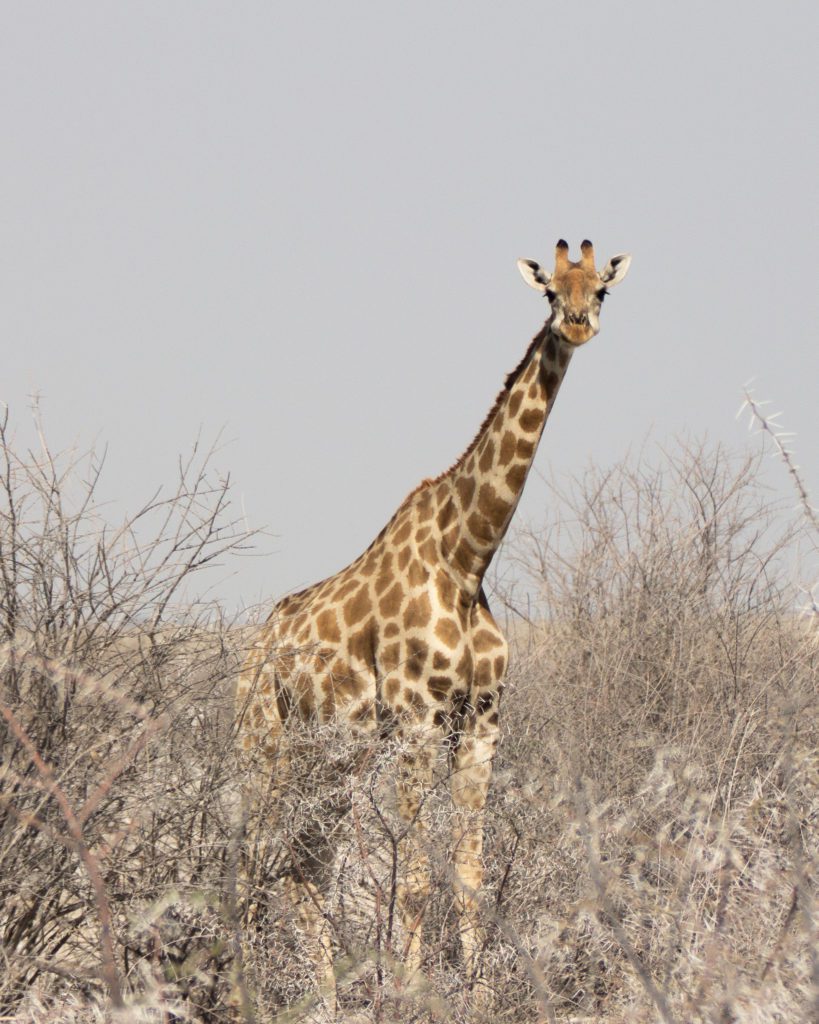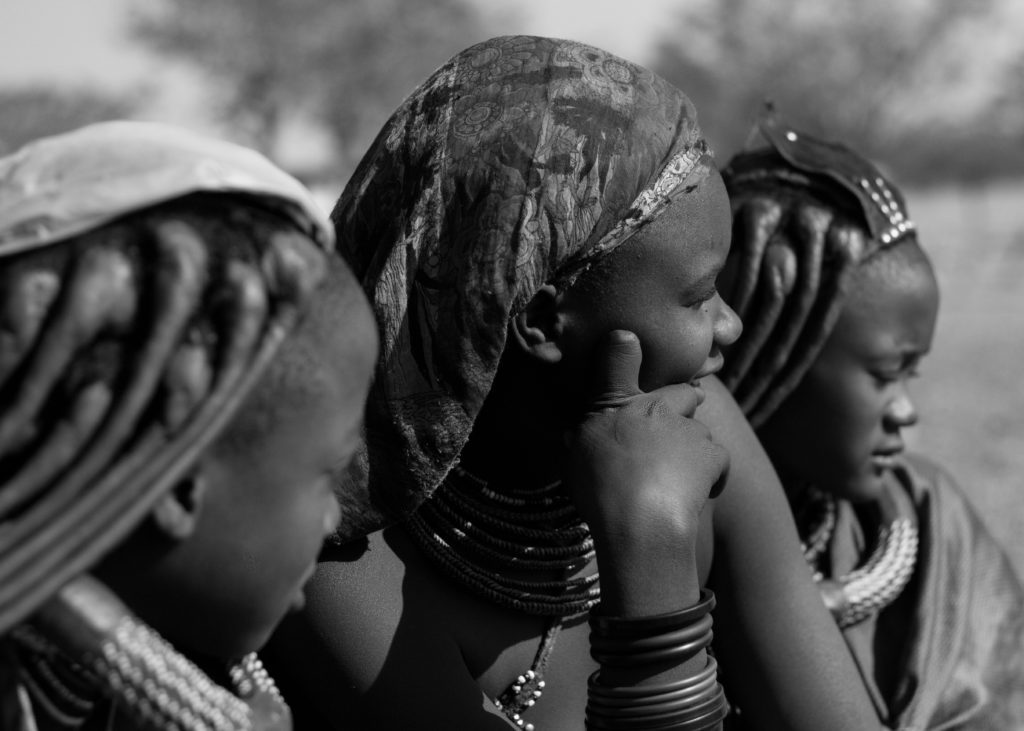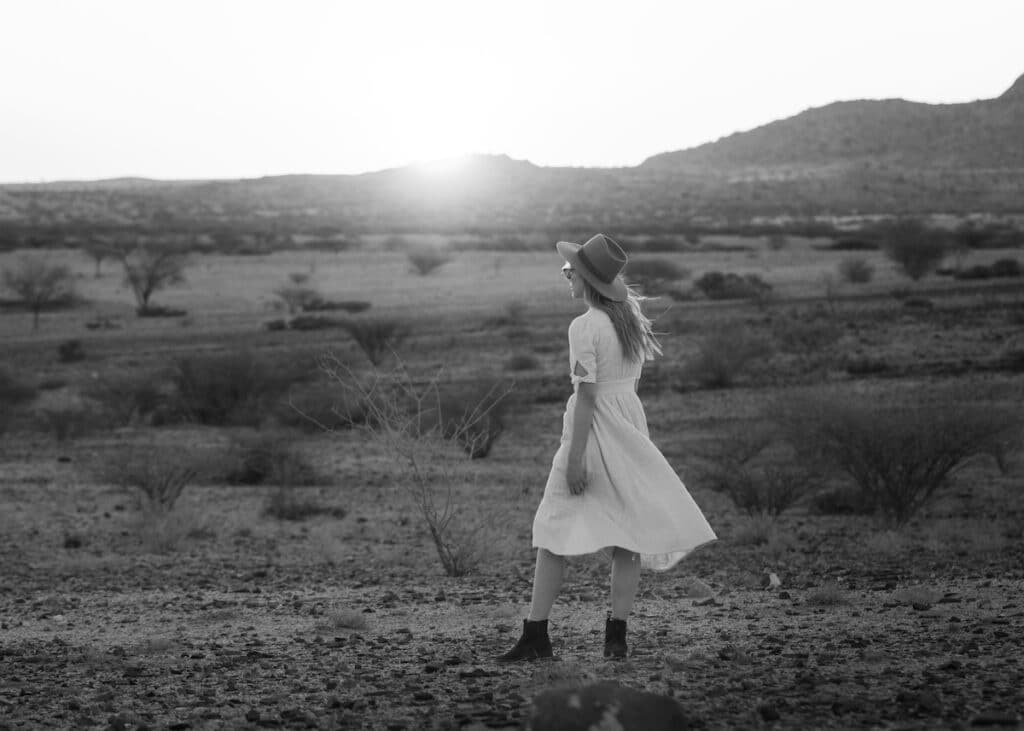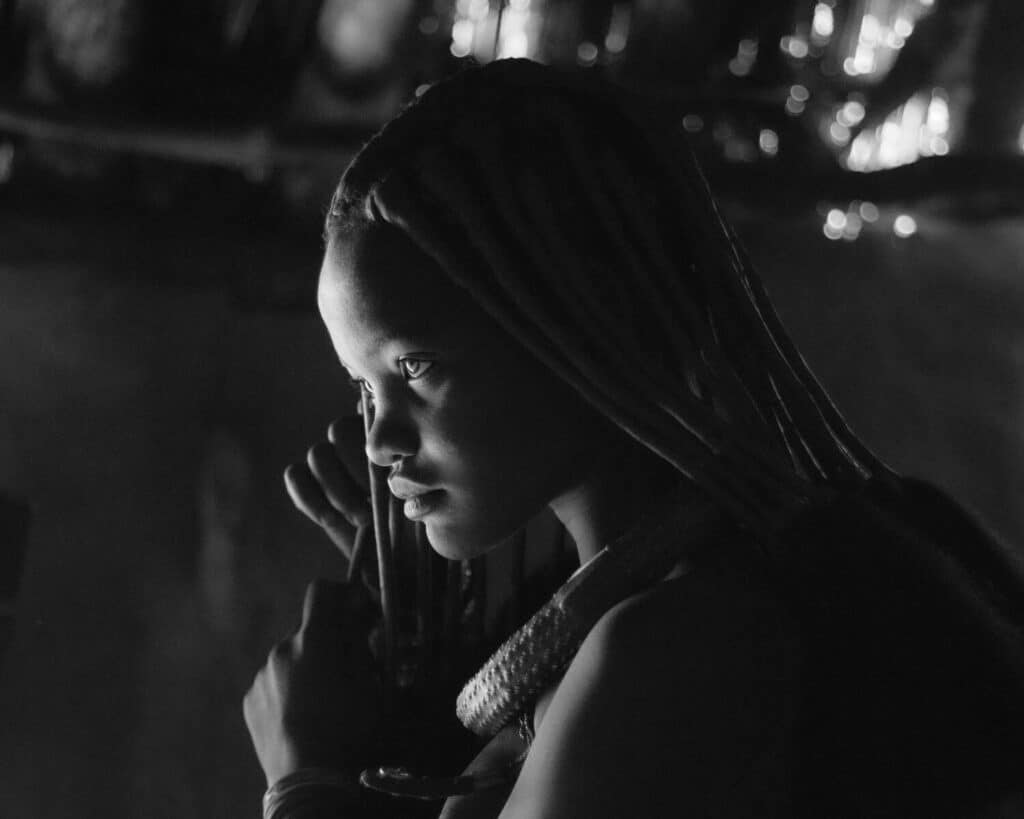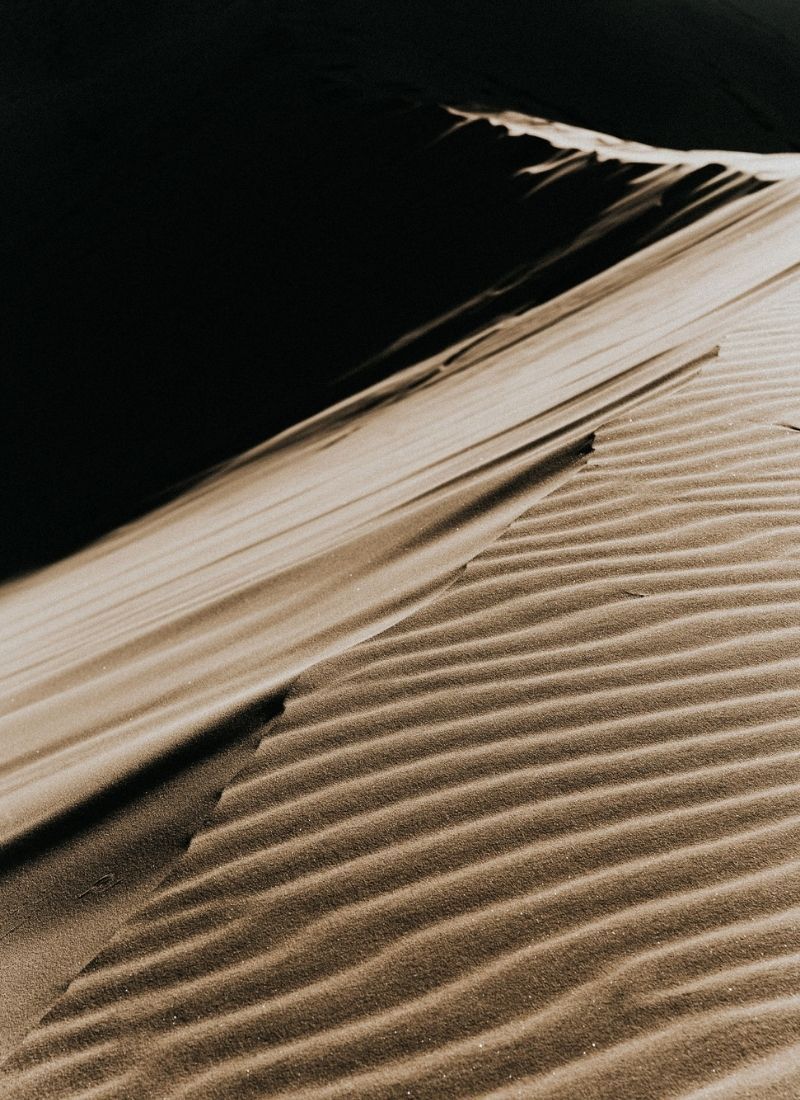Namibia doesn’t rush you. It stretches out like a mirage, dry, timeless, and dreamlike. A place where stillness feels thick and sacred, and the air holds more stars than sound.
Day 1 – Arrival in Windhoek
My story begins in Cape Town, where fuel shortages delay the flight by hours. Locals around me are unfazed. I wait, eat peanuts, and read. Finally, we board, only to be fumigated inside the plane. A reminder: Africa moves on her own time. The sun sets as we land. A taxi glides past silent savannah. An oryx watches from the roadside. I exhale. I’m here.
Days 2–4 – Sossusvlei & The Namib Desert
Namib Naukluft National Park is where the journey truly begins. Sossusvlei opens up like a painting in motion: burnt-orange dunes, white salt flats, petrified trees.
We visit Deadvlei twice: once at sunset, once at dawn. The colors change by the hour, blush pinks, soft golds, umber shadows. My camera can’t keep up, but my eyes don’t miss a thing. We skip the dune climbs and take to the sky.
My first helicopter ride. I cry behind my lens, something about the desert from above feels both infinite and impossibly intimate.
At night, the sky becomes a cathedral. No light pollution. Just stars. We attempt astrophotography but end up mostly watching. Jackals howl in the distance. My heart stutters, then settles.
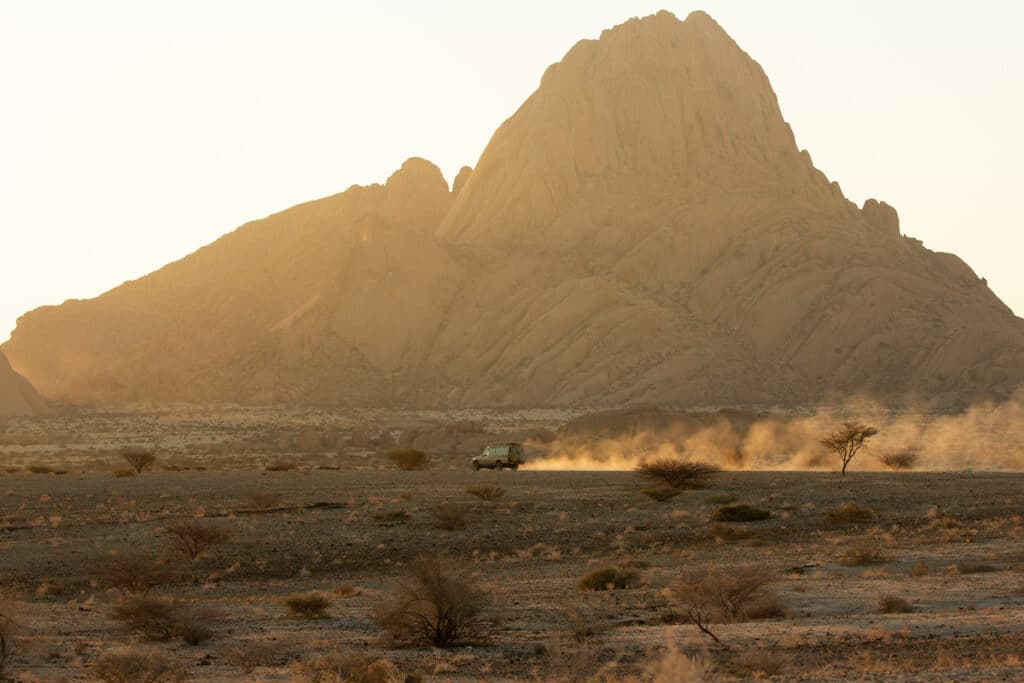
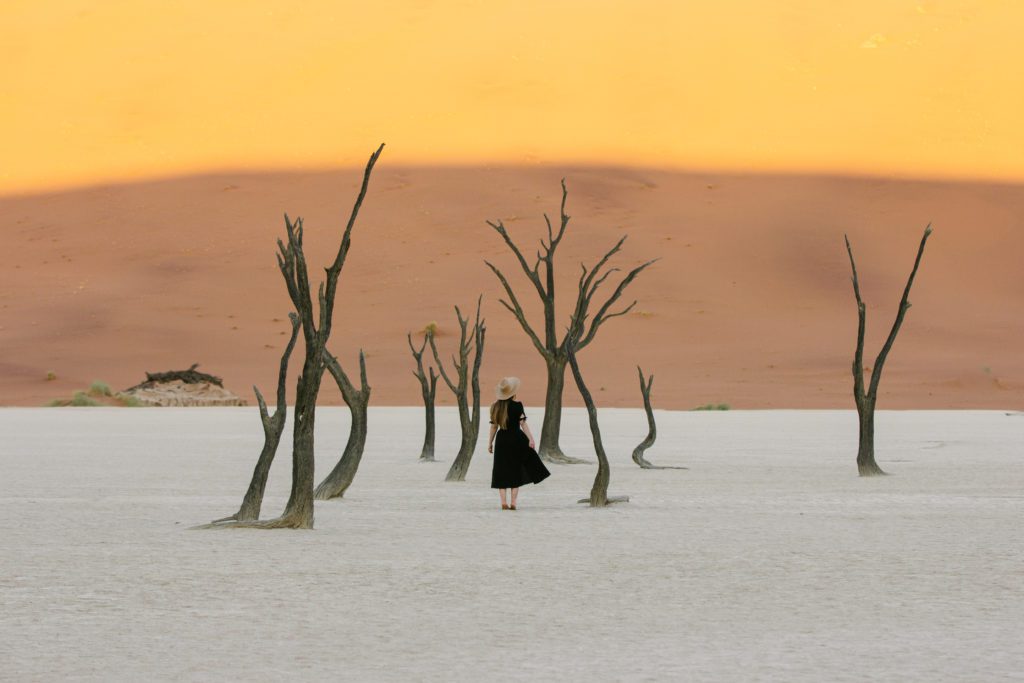
Days 5–6 – Swakopmund & Spitzkoppe
Swakopmund is a contradiction—colonial charm, sea breeze, seafood cafés. It feels like another country altogether. But a two-hour drive inland takes us back to the wild. Spitzkoppe. 120-million-year-old granite peaks rising from the earth like something sacred. There are no tourists here. Just red stone, a blue sky, and us.
I take one of my favorite self-portraits here. Just me and the mountains, whispering truths.
Days 7–9 – Etosha National Park
We begin in Hobatere and enter Etosha through the west. Game drives are unhurried. The air tastes like dust and anticipation. At one waterhole, I watch zebra, giraffe, springbok, and wildebeest drink side by side. There are no fences here, only respect.
Later, a family of elephants bathes in golden light. The matriarch watches me watch her. Something wordless passes between us. For more on this leg of the trip, read my Etosha feature here.
Day 10 – Twyfelfontein & the Himba Tribe
We stop at Twyfelfontein, where rock engravings tell stories older than memory. Symbols carved into silence by ancient hands. But it’s the visit with the Himba women that stays with me.
They welcome us into their space. Their laughter is warm, their presence grounded. They show us how they make the red ochre paste they wear—part protection, part ritual. I try it on my own skin. It smells like earth and herbs. Despite the language barrier, I feel seen. They gift me a bracelet. I carry it still.
Final Thoughts
Namibia is a land of extremes: heat and chill, silence and sound, presence and absence. I saw poverty. I saw grace. I saw joy without excess.
And above all, I felt the truth that it’s the people we meet along the way who shape the story. Like Mr. T, our guide, who shared lunch with a farmer. Or the boy at the petrol station grinning at a bag of crisps. Or the stranger at the airport who handed me Skittles after a missed flight—”because you looked sad, Anna.” Those are the snapshots that stay long after the photos fade.
Before You Go
- Pack layers. Even in the desert, nights are cold.
- Lip balm. You’ll thank me.
- Clean your camera. Fine sand gets everywhere.
- Leave the drone. Most parks will seal it at the gate.
- Bring your shoes inside the tent. Jackals don’t care if they’re new.
